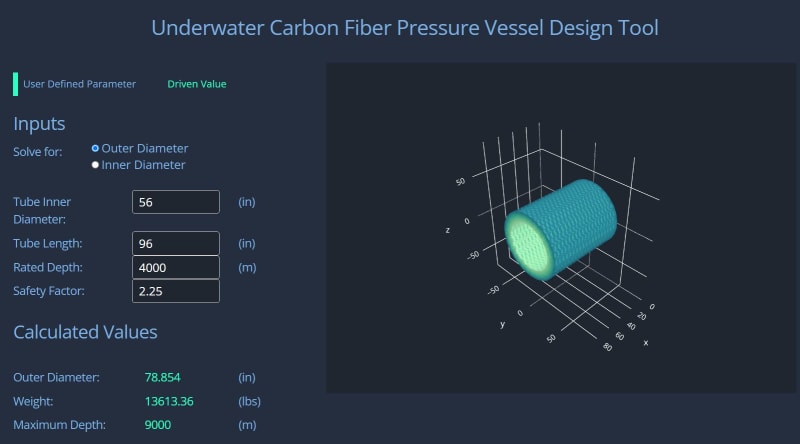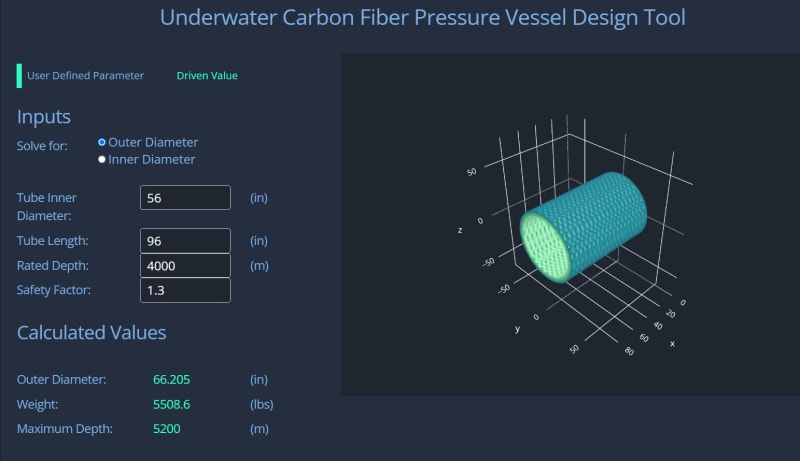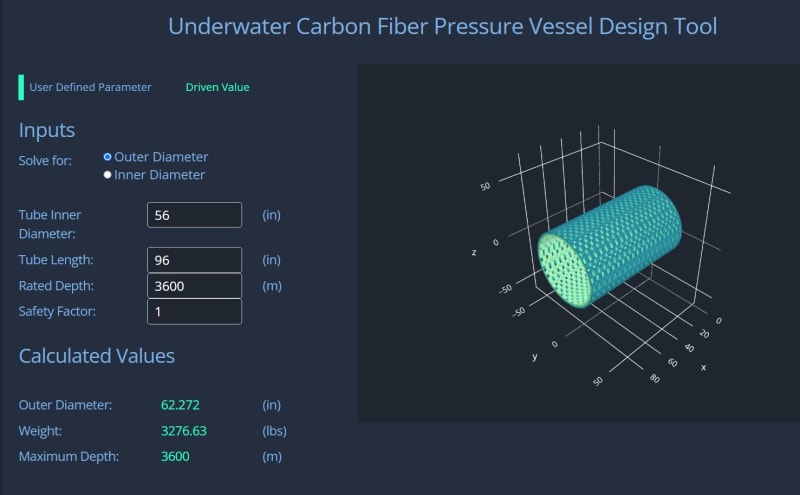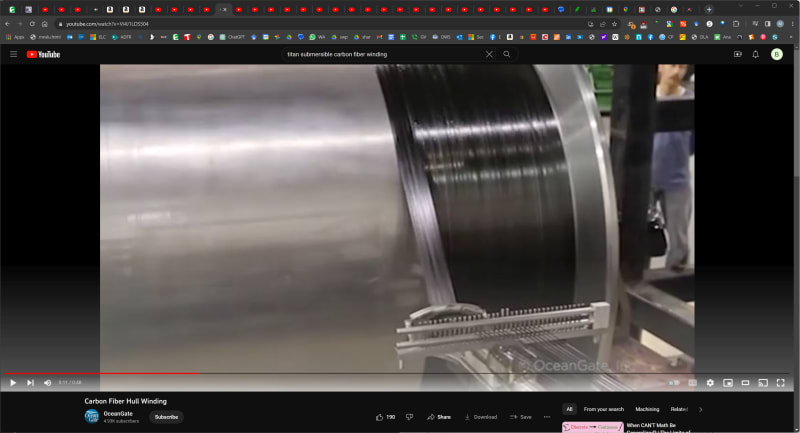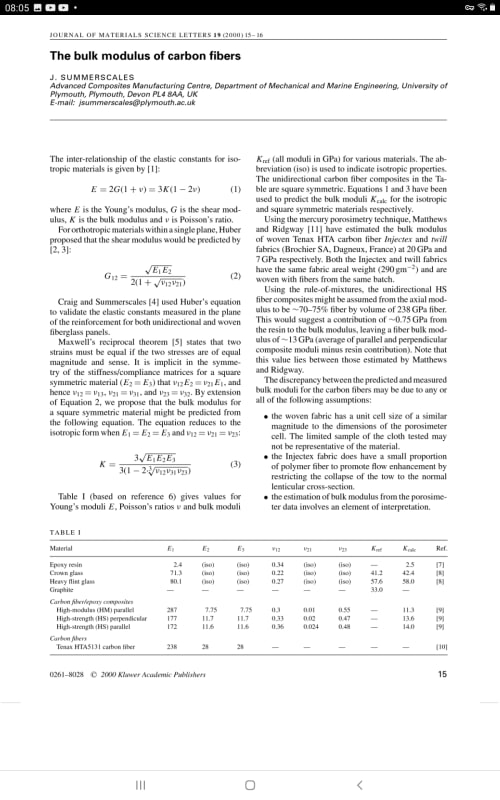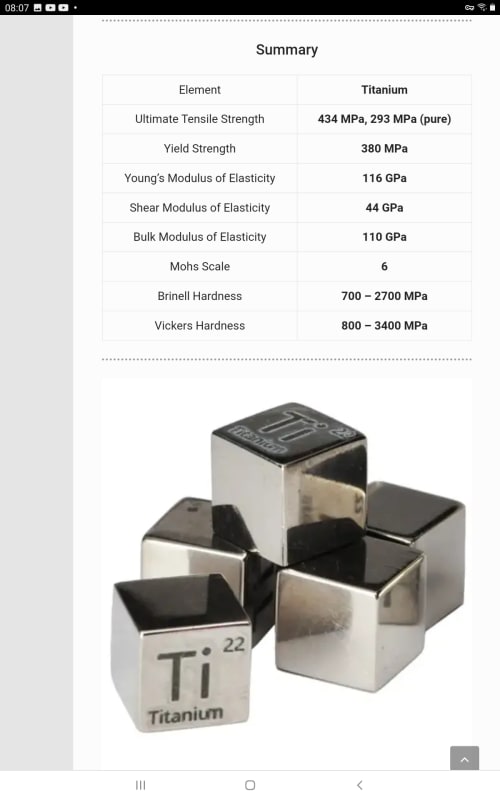waross
Electrical
- Jan 7, 2006
- 28,006
Viewport collapse and water hammer.
I have a hard time accepting water hammer as a destructive force;
1: The shape of the Titan is remarkably similar to a snubber used to mitigate water hammer.
2: Water hammer is a result of inertia and in-compressability.
3: Based on a viewport diameter of 21 inches and a titanium end diameter of 66 inches, the area ratio is almost 10:1..
For every pound force of the water jet hitting the inner end cap, there will be 10 lbs of force opposing.
I am not ruling out a collapse of the viewport, the overall damage may have been done by impact with the sea floor.
In extreme ram pump applications, the discharge pressure peak may be limited by expansion of the steel impulse line under pressure.
The Titan had a lot of air helping to limit the pressure peak of any water hammer effect.
I may be wrong.
We are all waiting for conformation of the failure sequence.
--------------------
Ohm's law
Not just a good idea;
It's the LAW!
I have a hard time accepting water hammer as a destructive force;
1: The shape of the Titan is remarkably similar to a snubber used to mitigate water hammer.
2: Water hammer is a result of inertia and in-compressability.
3: Based on a viewport diameter of 21 inches and a titanium end diameter of 66 inches, the area ratio is almost 10:1..
For every pound force of the water jet hitting the inner end cap, there will be 10 lbs of force opposing.
I am not ruling out a collapse of the viewport, the overall damage may have been done by impact with the sea floor.
In extreme ram pump applications, the discharge pressure peak may be limited by expansion of the steel impulse line under pressure.
The Titan had a lot of air helping to limit the pressure peak of any water hammer effect.
I may be wrong.
We are all waiting for conformation of the failure sequence.
--------------------
Ohm's law
Not just a good idea;
It's the LAW!

